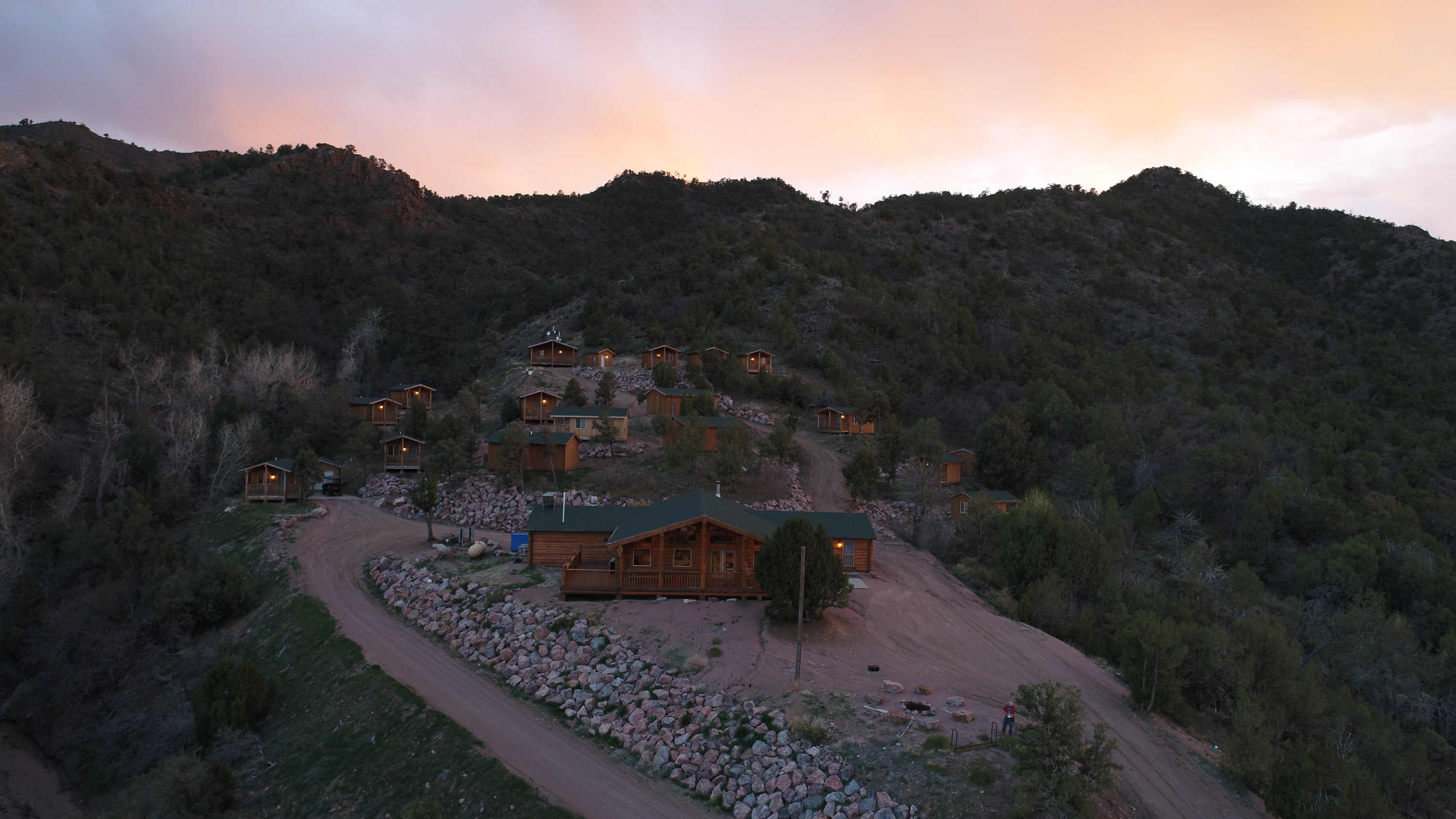GEOLOGY 4136, Field Geology, is a six-week, six-credit undergraduate course that begins late May.
The course has four principal goals.:
1. To give students the ability to observe and record field data – to “read the rock record” – and to interpret those data while at the same time keeping their observations and interpretations separate.
2. To give students an appreciation for geologic field work in all its forms – mapping, section measuring, collecting geophysical data, etc. – and the limitations of field work and field data.
3. To foster in students a sense of teamwork, which most of them will deal with throughout their professional careers.
4. And finally, to give students the opportunity to practice the geological techniques and see the geological concepts they have been learning about since becoming majors.
Following a brief introduction to the regional stratigraphy and structure of the Cañon City area and the field techniques they will be using, the students embark on a number of field exercises varying from detailed to reconnaissance and stratigraphic to structural. Classic (Brunton, pace, Jacob’s staff) and modern (GPS) field techniques are employed to map on topographic maps and aerial photographs and images. The curriculum includes detailed stratigraphic measurements of the Phanerozoic rock sequence in the area, three major mapping projects of increasing complexity, and individual mapping projects near and around camp. One day local fieldtrips to Leadville and Cripple Creek mining districts and the Pikes Peak Batholith will look at the Colorado Mineral Belt, and trips to Colorado Springs and the Garden of the Gods will explore the Laramide stratigraphy of the Front Range. One week of camp is devoted to a regional trip that will tie in larger scale structural geology to the main study area in the Wet Mountains. In 2015 this regional trip visited Yellowstone, Rocky Mountain, and Grand Teton National Parks to map glacial and structural features.
****Students who enroll in either course are expected to have completed courses in physical geology, mineralogy, petrology, paleontology, stratigraphy, and structural geology. ****


